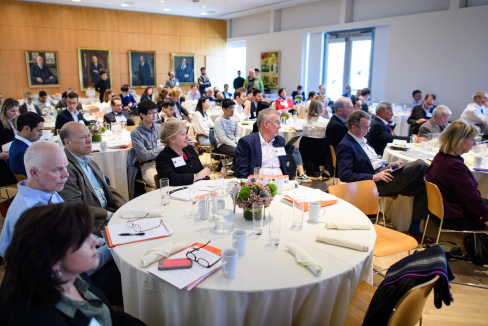Principal Investigators
At a Glance
To help reach climate goals, policymakers and practitioners around the world are exploring programs that incentivize people to make land-use decisions that reduce net greenhouse gas emissions. These decisions include avoiding deforestation, practicing climate-smart agriculture, or pursuing ecological restoration. The Environmental Markets Lab (emLab) at the University of California, Santa Barbara (UCSB) is conducting econometric analyses to understand and evaluate the effectiveness of these incentives on a national and global scale. The goal is to explore how responsive land-use decisions are to financial incentives, and the political, cultural, and economic factors that influence these responses. Research findings will help policymakers understand the potential impact that incentives for land-based climate solutions and policy design could have on land use and associated emissions.
Research Highlight
Land-based climate solutions (LBCS) have the potential to mitigate climate change, protect biodiversity, and affect food security. However, there is little evidence detailing how responsive private landowners will be to incentives that seek to encourage changes in land use. The emLab project seeks to fill this gap by quantifying how responsive land-use decisions are to financial opportunities, and how the impacts of these incentives vary by policy design and across regions, political regimes, cultures, and economic systems. Understanding if and how much land-use decisions respond to financial incentives will help policymakers and practitioners find the most effective solutions that improve efficiency and equity.
There are three main workstreams of this project. The first investigates how the rate of deforestation responds to crop price fluctuations on both global and regional scales. By quantifying landowners’ responsiveness to financial incentives, the research team can simulate how land use decisions might change under different carbon prices. These carbon prices can be implemented as a tax on the carbon released through deforestation or as a subsidy for avoided carbon emissions through avoided deforestation, such as payment for ecosystem services. Using these simulations, the emLab team can compare the carbon savings, welfare impacts, cost-effectiveness, and distributional consequences of taxes and subsidies that seek to achieve emissions reductions from avoided deforestation.
Initial findings from this workstream underscore the large potential for relatively low-cost emissions abatement from avoided deforestation (see Figure 4.1a, dashed line). However, this potential depends upon policymakers’ ability to target payments towards forests that are at threat of being cleared. If policymakers have incomplete information about local incentives for deforestation, they may set incorrect baselines from which they would pay land users. If those baselines are too conservative, land users may opt out of the program, reducing the abatement that can be achieved by the program (yellow area in 4.1a). In contrast, if the baseline is too generous, the policy will pay land users who would not have deforested in the absence of the policy (purple area in Figure 4.1b). Such payments for non-additional changes in deforestation could undermine confidence in carbon markets.

Aggregate avoided emissions from deforestation reductions as a function of a carbon price per tonne CO2 . (a) Dashed line: avoided emissions under full information; solid line: avoided emissions under asymmetric information; yellow area: opt-out of program due to underestimation of counterfactual deforestation. (b) Dotted line: total payments to participants in the program; purple area: payments for nonadditional emission savings.
While the first workstream shows the mitigation potential from policies to incentivize environmental conservation, such policies are situated in a broader economic, environmental, and institutional context. The second and third workstreams of the project examine the importance of context by exploring focused case studies of LBCS policies in India and Brazil. One important policy-relevant lesson that emerges from these case studies is the risk of increases in unregulated emissions when LBCS policies are narrowly targeted. For example, emLab’s research in Brazil highlights that incentives for climate-smart agriculture may discourage forest regeneration if agricultural incentives are not coupled with complementary policies that reward carbon sequestration in forests. Similarly, research in India explores whether existing methane offset protocols that reward changes in rice field water management might simultaneously encourage elevated emissions of nitrous oxide. Together, these two case studies underscore how LBCS policies can be designed to achieve emissions reductions that are not undermined by unintended increases in unregulated emissions.






